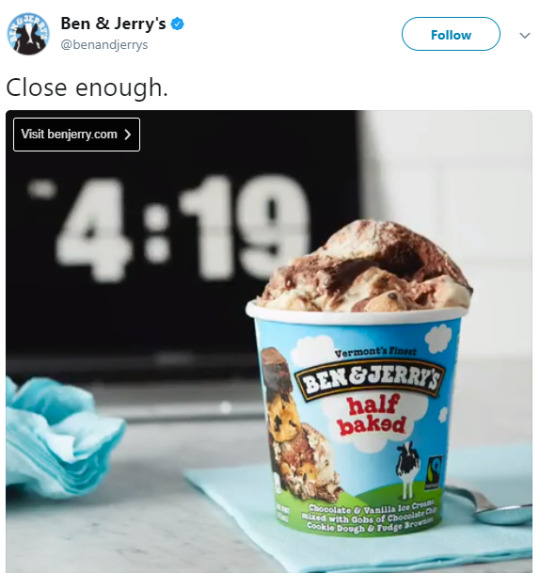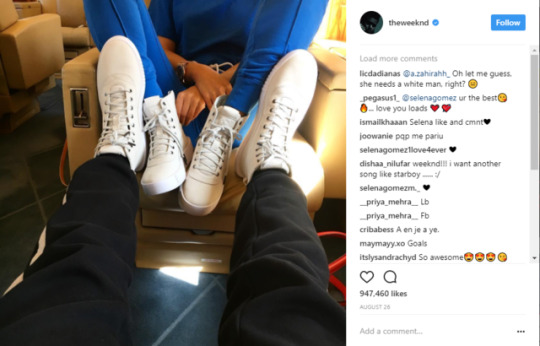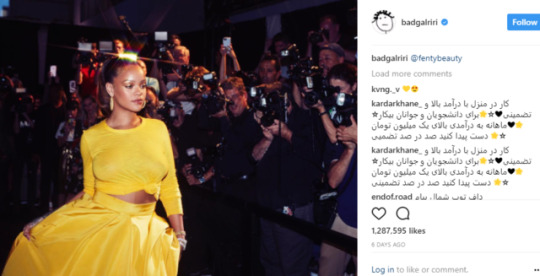Text
Content 2020
Coca-Cola. One of the few brands that is widely recognized all over the globe. Even poor villagers in India, who have absolutely no means of even getting a Coke product, know of this brand. Trust me, I know. I’ve seen it with my own eyes. Coca-Cola has a long history of something called influential marketing. A lot of companies have tried to follow this strategy from seeing how well it worked with Coca-Cola. This company used content marketing and customer participation to up the value of their brand, an example being the “Share a Coke” campaign. Coca-Cola fans could customize bottle of whatever they want written on the label. This allowed for more creativity and individuality to be expressed by consumers of Coke, and even attracted the attention of people who weren’t previously obsessed with it (whether it be for health-related reasons or otherwise) because it became a tool of self-expression. The ad had persuaded the consumers to share these bottles as gifts or to use them as a way of celebrating a special occasion (or make an occasion special by having customized bottles of Coke). Coca-Cola also encouraged customer engagement by asking them to share their experience online as a way of increasing their content marketing. Coca-Cola has been using content marketing for years as a way to boost sales and popularity to compete with its rivals, such as Pepsi.
Their newest marketing campaign, the 2020 Content Vision, is its latest one. It basically describes the key changes the company is going to make to increase their content quality, which, considering the magnitude and success of a company like Coca-Cola, is something that marketing students should pay attention to. One change this company is making is by developing liquid and linked content. Coca-Cola believed that its content’s main purpose is creating uncontrollable ideas that are related to its business objective, its brands, and their customers’ interests. Coca-Cola is planning to create conversations and make a name in pop culture through sharing stories. Marketers should take note that owning a part of pop culture means committing to constantly sharing and creating ideas and stories that make a lasting impression on consumers.
Coca-Cola has a few main points in their plan for change. The first is doubling the size of their business. The second one is using technology in a way that encourages customer involvement better than before. And the third is using the creation of stories to increase the creative distribution among its consumers. Coca-Cola clearly believes that technology is a core tool to utilize in developing direct relationships with its consumers and that it must employ solid techs in the creative team that’s in charge of marketing. Marketers should learn that working together with people from other fields is key in ensuring a successful marketing campaign that will help the company gain consumer popularity.
Coca-Cola has been implementing the tool of “dynamic storytelling” as a way of making its storytelling techniques evolve into something that will help with content excellence. The dynamic storytelling should consist of sharable and engaging stories. Marketers should take note of how important storytelling is in content marketing, and that Content 2020 highlights the importance of storytelling and how it maintains popularity through different cultures. Something that can serve as an example of dynamic storytelling and also touch on another part of Coca-Cola’s strategy of change, which is social responsibility. Coca-Cola’s “Live Positively” campaign is a strategy set to make the world a better place. Social responsibility and giving back to the community is important for a company to maintain good standing with its consumers and consumers are more likely to support a brand if they know they are making a serious effort towards bettering the world.
One final thing worth mentioning is Coca-Cola’s new 70/20/10 investment principles being used to create liquid content. This plan would basically divide the content marketing budget into three sections: 70% of investment should be low risk content, 20% on engaging content and 10% on high risk content. Marketers should learn that playing on the safe side is important to maintaining a steady stream of popularity but it’s also important to take risks and plan out how different marketing campaigns can be interpreted by their audience. It’s usually wise to not take too many risks and spending a lot on risky content since it could easily backfire and could result in you losing your job.
#i tried#i really did#i hope this is okay#i'm trash#i'm making up for what was due like a million years ago
0 notes
Text
I’m sorry.
Okay, well I haven’t been here in a while (sorry Professor G) but here’s my attempt at changing my god-awful grade in this class. I know I’ve slacked on a LOT of weeks of posting, so I’m going to try my best and make up for what I missed. I hope you at least moderately enjoy (or even tolerate??) the following posts after this one.
0 notes
Photo

The funniest advertisement I’ve seen in a while was an Instagram ad for Ben and Jerry’s that featured a pint of ice cream and an alarm clock in the background with 4:19 as the time. The simple caption read “close enough”. I laughed at that for about 3 days straight. I can’t wait for weed to be completely legalized under federal laws so that brands can finally create some real jokes. In the mean time, I’ll take all the 420 references I can get from unsuspecting brands because, no matter what, they’re hilarious. Ben and Jerry’s has always been a favorite among ice cream enthusiasts but they’re really extending their audience by making a shout out to stoners everywhere (ayeee I see you, Ben and Jerry). Never thought to include ice cream whenever I’m super hungry after ingesting the devil’s lettuce but now I definitely will. This is a great example of a trigger. Ben and Jerry’s made good use of the infamous time of 4:20 pm and were bold enough to use it in an ad. I normally hate seeing Instagram ads but this was the only one I stopped and actually looked at, liked, and shared to my friends. Whoever works in the marketing department over at B&J’s headquarters should get a promotion. Now whenever I see a pint of Half Baked (get it???) or Cherry Garcia or Phish Food, I’ll instantly think of how great it would taste after a smoke session. I think their sales are about to go way up.
#sorry mom and dad my credit card bill is about to go way up#should i even get credit for this shit post#probably not#sorry prof germano i'm doing the best i can i know i'm a disappointing student i'm sorrry
0 notes
Photo



Social media plays a huge role in marketing.
Picture#1:
For example, the famous singer, The Weeknd, recently released a shoe he designed. “Puma x XO” is a collaboration with the shoe brand Puma. As a way to promote the shoe, he posted a picture of him and an unidentified person (later identified as his current girlfriend, Selena Gomez) wearing the shoes. This is a really powerful way to promote the shoes because both The Weeknd and Selena Gomez are incredibly popular singers, and they both have a large fan base. Their current relationship is also really popular because their fans are spilling over onto each other’s platforms as a way to support their favorite singer.
The Weeknd didn’t need to caption this picture, or tag Selena Gomez in it. He didn’t even tag the brand Puma in it. His fans just knew that this was the shoe he released, and after a social media search and putting two and two together, his fans were able to identify the person in blue as Selena. These two singers have a huge influence in today’s pop culture and music scene. Therefore they have a huge influence in promoting certain brands. This is one example of how social media, especially mobile social media, can play a huge influence in the popularity of a certain product or service.
Picture#2:
The famous singer, Rihanna, recently released a new beauty line called “Fenty Beauty”. She used herself as a model and wore her own products on her face to promote the brand. She also had a launch party at a specific Sephora location and even worked behind the cash register to help promote the product. She already has a huge following, so taking steps like this herself was a really cool way of promoting her new makeup line.
Picture#3:
It’s no secret that the beauty industry doesn’t cater to dark skinned girls. It’s so rare for a high-end makeup line to even carry products that are made specifically for dark skinned girls. Most beauty lines carry about 900 shades of vanilla, and 2 shades of brown. Fenty Beauty is the one of the first high-end makeup brands that started out with 40 shades of foundation that fit the lightest to the darkest skinned people. It’s a huge deal when something rare like this happens, and usually brands from established artists are not ones to do so. Rihanna really changed the game and made sure that every shade of the rainbow was represented. That alone created so much hype from her fans and made every one of her fans feel special. By highlighting her fans, especially the dark-skinned ones, it makes everyone realize that her makeup brand is actually worth the hype.
0 notes